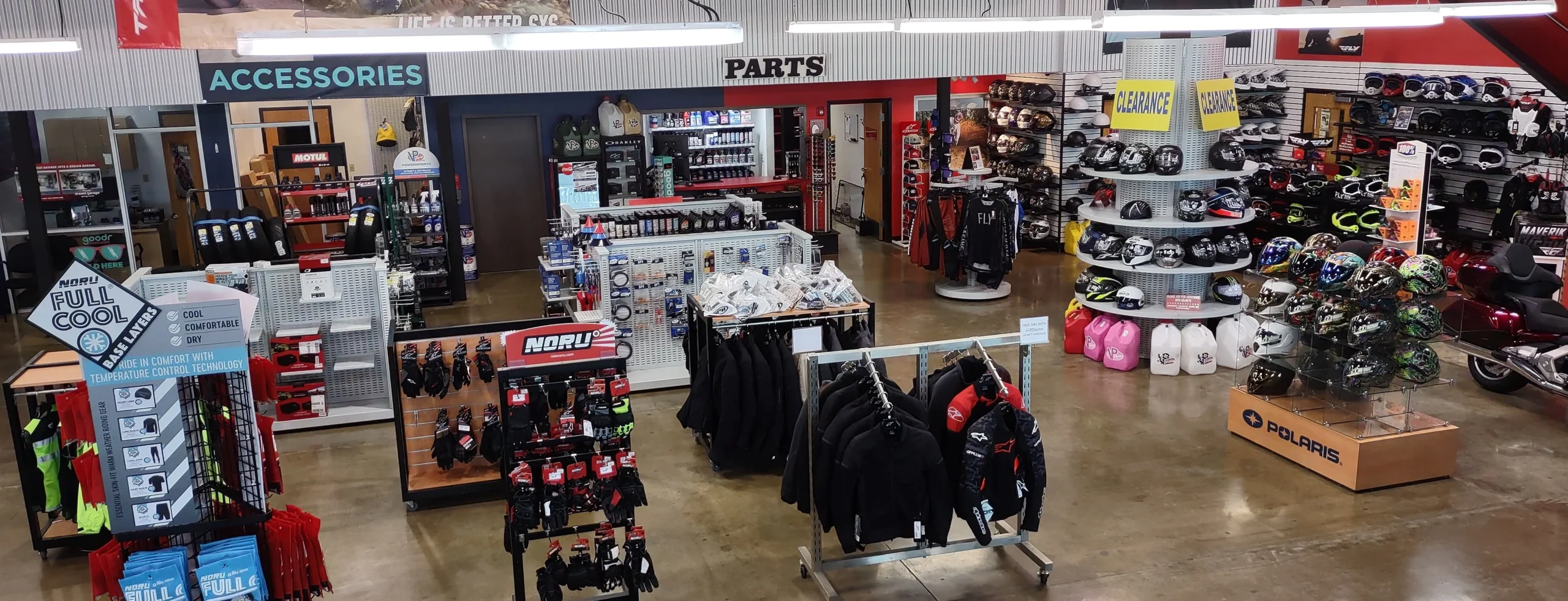Discover Top Quality Moto Parts NZ for All Your Motorcycle Requirements
Discover Top Quality Moto Parts NZ for All Your Motorcycle Requirements
Blog Article
Understanding the Crucial Parts of a Motorcycle: A Comprehensive Guide for Lovers
For motorcycle lovers wanting to raise their riding experience and guarantee their bikes run efficiently, comprehending the important elements of a motorcycle is vital. Each element, from the engine's complex operations to the critical function of the stopping systems, not just impacts performance yet additionally security and convenience. This overview will certainly go through the basic parts that every motorcyclist ought to know with, allowing educated choices in both upkeep and prospective upgrades. As we begin this expedition, one must ask: how does each component connect to create the seamless ride every lover seeks?
Engine Elements

The camshaft plays a critical function in controlling the timing of the engine's shutoffs, making sure the specific opening and closing necessary for efficient gas and air consumption, as well as exhaust expulsion. This timing is critical to preserving optimum engine performance and performance. Additionally, the carburetor or gas shot system, depending on the motorcycle version, is in charge of mixing air with gas in the proper ratio for combustion.
The cooling system, either air or liquid-based, works to keep the engine's temperature within functional limits, protecting against getting too hot and making sure long life - motox parts nz. Each component, diligently created and incorporated, adds to the smooth operation of the engine, specifying the motorbike's power outcome and general performance
Transmission System
Important to the motorcycle's functionality, the transmission system ensures effective power transfer from the engine to the wheels. This system comprises numerous vital elements, including the clutch, gearbox, and final drive, each playing a crucial function in translating the engine's power right into activity. The clutch, generally operated by a hand bar, serves to disengage the engine and engage from the transmission, permitting for smooth equipment changes and regulated acceleration.
The transmission, often referred to as the transmission appropriate, has a collection of gears that riders can manually move via to readjust the bike's speed and torque result. These gears are arranged in a sequence that allows the motorcycle to speed up smoothly and keep optimal engine efficiency across various rates. Many motorcycles utilize a sequential transmission, needing the cyclist to change equipments in an established order.
Braking Devices
While comprehending the transmission system is essential to harnessing a bike's power, equally crucial is the capacity to regulate and stop that power effectively, which is where braking devices come right into play. Brakes are critical for safety and security and performance, offering the motorcyclist with the essential here control to browse numerous surfaces and conditions. Usually, bikes include two kinds of braking systems: disc brakes and drum brakes.
Disc brakes are more prevalent in modern-day bikes due to their superior performance. This system uses better heat dissipation, constant efficiency, and improved quiting power, specifically in damp problems.
Alternatively, drum brakes, though much less typical, are still found in some motorcycles. They work by pressing brake footwear versus the internal surface of a drum connected to the wheel. While normally less effective in warm dissipation and stopping power, drum brakes are less complex and much more affordable.
Recognizing these stopping systems' subtleties enables cyclists to preserve their motorbikes effectively and value the design that guarantees safe and effective quiting.
Suspension and Steering
Suspension and guiding systems are vital elements that considerably affect a motorbike's handling and ride comfort. The shock absorber, containing forks at the front and shock absorbers at the rear, soaks up roadway irregularities, boosting security and control. Front forks, inverted or commonly telescopic, compress and rebound to minimize impacts, while rear shock absorbers keep tire contact with the roadway, important for grip and security.
Steering, focused around the handlebars, attaches the rider to the motorbike's directional control. The guiding head bearings make certain smooth procedure, permitting exact maneuverability. Proper alignment and maintenance of these bearings are vital for foreseeable steering feedback and reducing motorcyclist fatigue.
The suspension's adjustability is one more crucial element; preload, damping, and rebound settings allow personalization to fit various riding conditions and designs. This adaptability is essential for optimizing performance, whether browsing metropolitan roads or taking on tough tracks. Technologies like electronic suspension systems supply real-time adjustments, improving experience quality across diverse terrains.

Electric Equipments
After ensuring a controlled and smooth ride via effective suspension and guiding systems, attention turns to the electrical systems, a crucial element of modern-day motorcycles. These systems play a crucial duty not only in starting the engine however also in powering different components that enhance the performance and safety and security of the bike.
At the heart of a motorbike's electric system is the battery, which try here shops electric power required for beginning the engine and powering supporting systems - mx gear nz. The generator or generator, coupled with the rectifier-regulator, makes sure the battery stays charged while the motorcycle functions, converting power right into electrical power and preserving voltage degrees
The ignition system, one more crucial component, is in charge of sparking the air-fuel mixture in the engine's cylinders. Modern bikes often use an electronic ignition system, offering higher efficiency and integrity compared to typical systems.
Illumination systems, consisting of headlights, tail lights, and indicators, are additionally essential, guaranteeing visibility and safety and security for the motorcyclist. Extra digital parts such as sensing units, control devices, and presents add to sophisticated attributes like fuel injection monitoring, anti-lock braking systems (ABS), and digital control panels, additionally boosting the riding experience.
Verdict
A comprehensive comprehension of a motorbike's vital elements, consisting of the engine, transmission system, braking devices, suspension, steering, and electric systems, is imp source vital for fanatics intending to enhance safety, convenience, and efficiency. Mastery of these aspects enables informed decisions concerning maintenance and upgrades, inevitably improving the riding experience. By incorporating this understanding, motorcyclists can guarantee their bikes run at peak performance and dependability, thereby taking full advantage of both enjoyment and longevity of their lorries.
For motorbike fanatics looking to elevate their riding experience and ensure their bikes run efficiently, comprehending the necessary elements of a bike is vital.Indispensable to the bike's capability, the transmission system ensures reliable power transfer from the engine to the wheels.While understanding the transmission system is crucial to utilizing a bike's power, equally vital is the ability to manage and stop that power efficiently, which is where braking systems come into play. Typically, motorcycles feature two types of stopping systems: disc brakes and drum brakes.
A comprehensive comprehension of a bike's important parts, including the engine, transmission system, stopping mechanisms, suspension, guiding, and electric systems, is vital for enthusiasts intending to enhance performance, security, and comfort.
Report this page